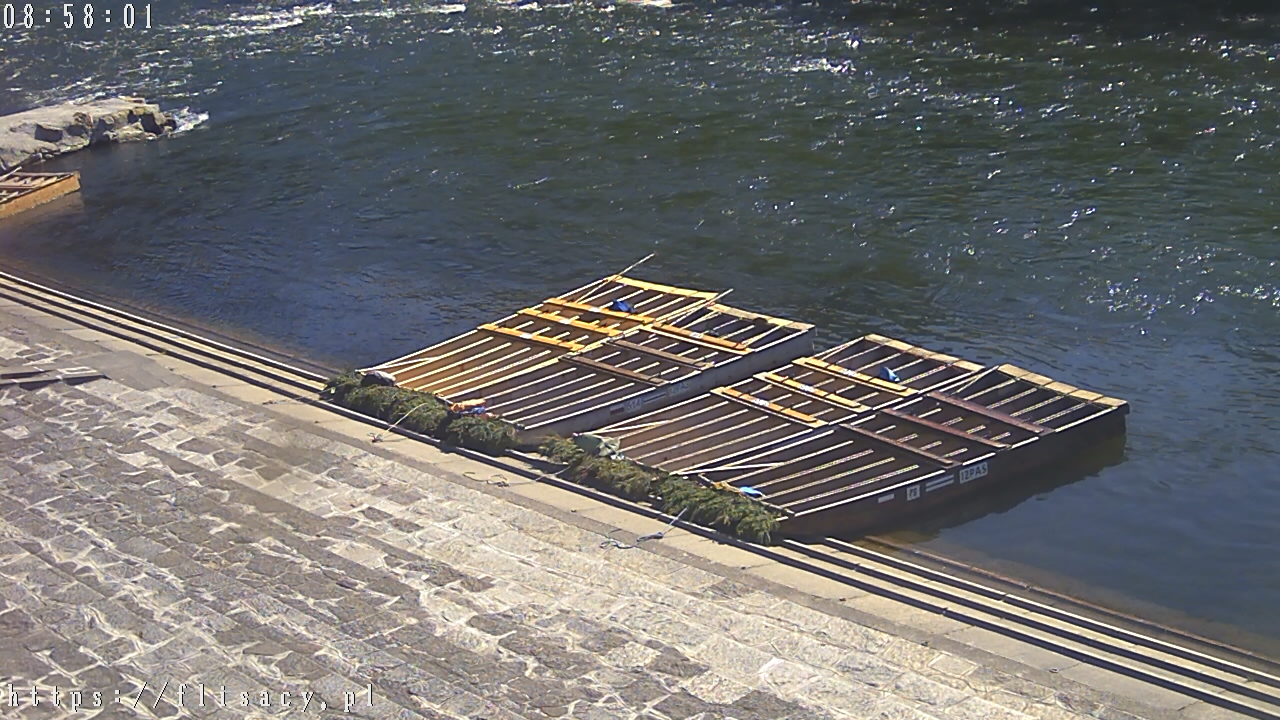





 The village is situated on the right bank of the Dunajec River. The village arose after the settlements Nižné Šváby, Červený Klýštor and Smerdžonka joined together.
The village is situated on the right bank of the Dunajec River. The village arose after the settlements Nižné Šváby, Červený Klýštor and Smerdžonka joined together.
 Prístavište pltí Sromowce |
 Pohľad na Tri Koruny (Trzy Korony) z obce Sromowce Niżne |































